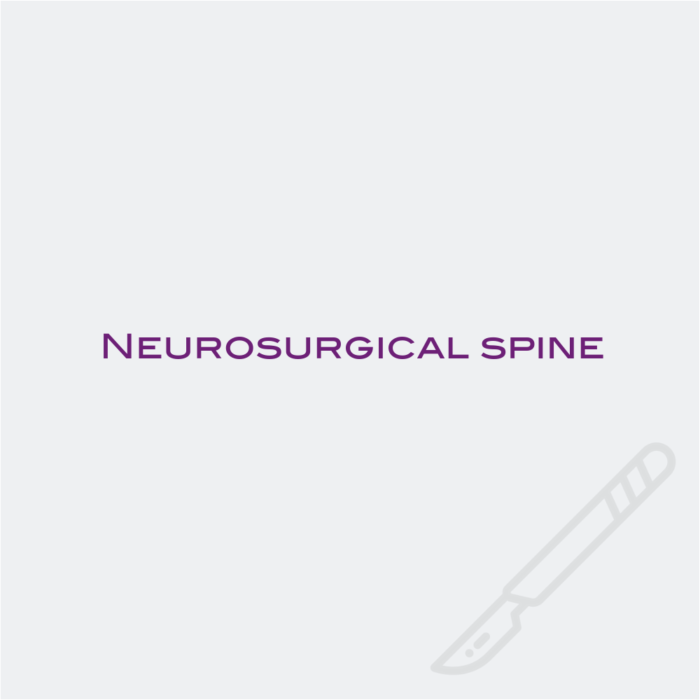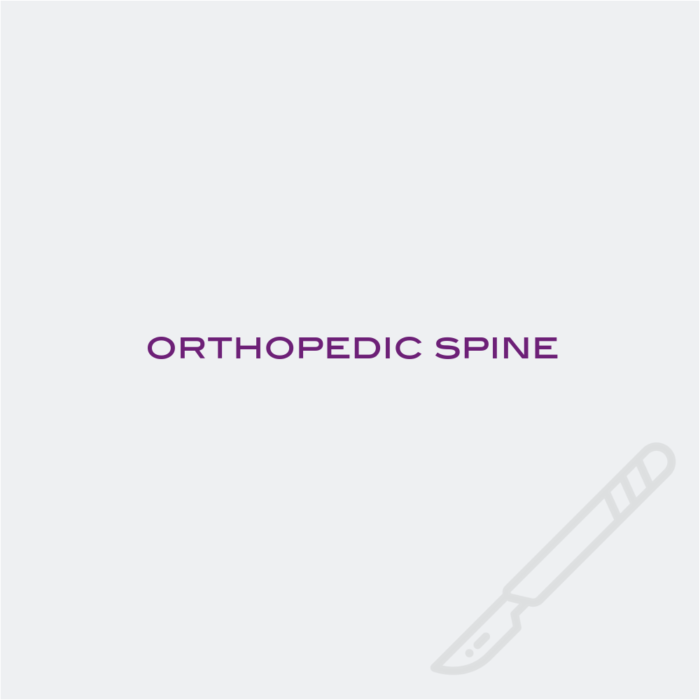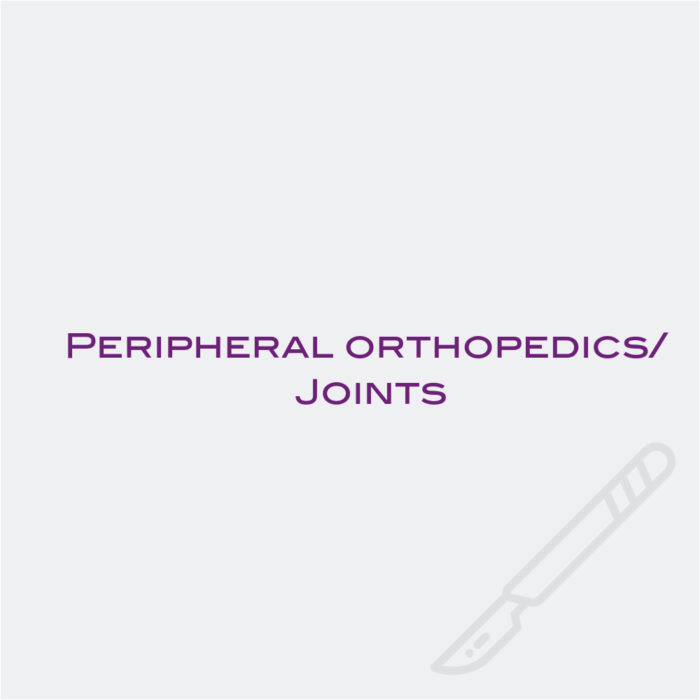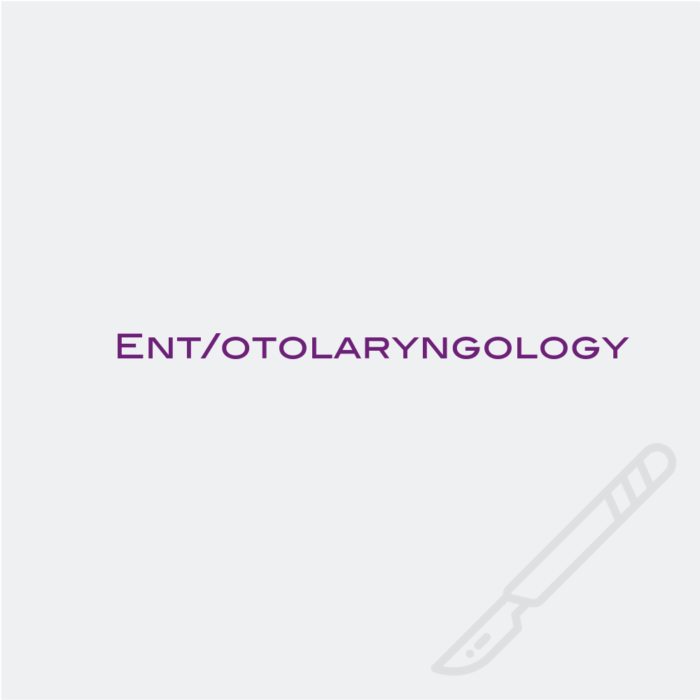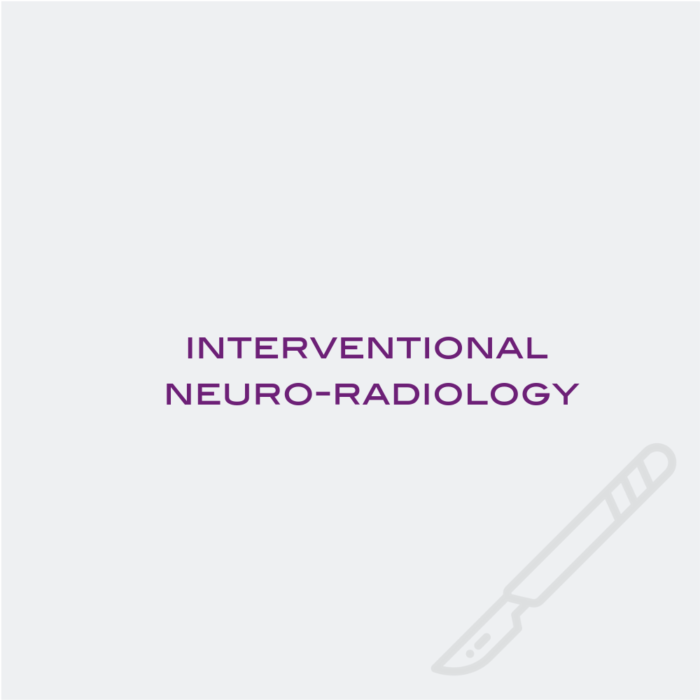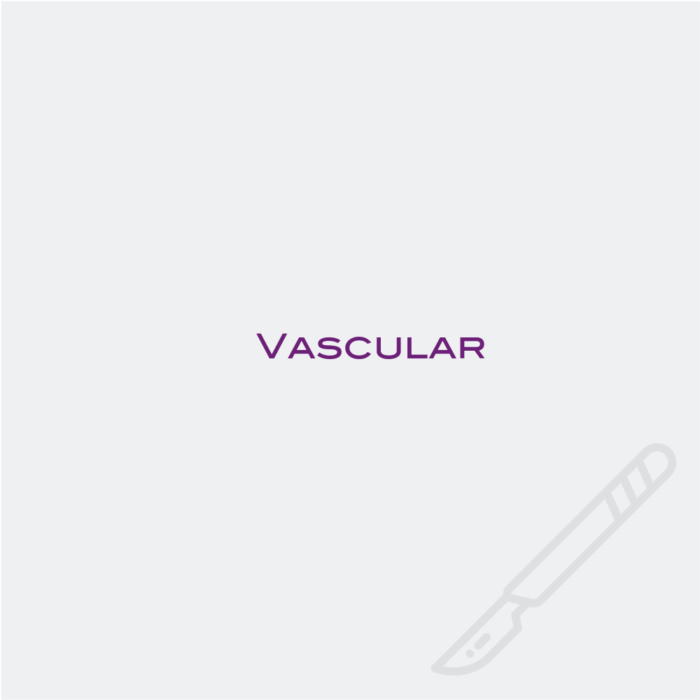Modalities and Surgical Applications
NuVasive Clinical Services is prepared to utilize one or a combination of modalities to monitor the simplest to the most complex surgical procedures.
NuVasive Clinical Services is prepared to utilize one or a combination of modalities to monitor the simplest to the most complex surgical procedures.
Electroencephalography (EEG) is the measurement of electrical activity produced by the brain, as recorded from electrodes placed on the scalp. In the extraoperative, clinical setting, EEG can be used as a diagnostic tool for sleep disorders, tumor, encephalopathy, epilepsy, coma, brain death, etc. EEG is the basis for recording some evoked potentials, and has several important uses in IOM.

Electrocorticography (ECoG) is similar to EEG in that it measures electrical activity from the cerebral cortex. The critical difference is that ECoG uses electrodes placed directly on the exposed surface of the brain. In the context of IOM, ECoG is used in surgery to identify epileptogenic tissue and to rule out epileptic activity. Subdural grids and depth electrodes can be surgically implanted to evaluate a patient’s brain activity in the epilepsy monitoring unit over a period of time ranging from days to weeks. IOM is not typically used to guide the placement of these chronic recording electrodes.

Electromyography (EMG) is the measurement of electrical activity produced by skeletal muscles. In the extraoperative, clinical setting, EMG is used to diagnose certain types of peripheral nerve dysfunction (e.g. radiculopathy). In the context of IOM, EMG can be utilized for several purposes, including peripheral nerve monitoring, mapping/identification, and estimating proximity to a nerve. There are two methods for recording EMG in surgery: free-running EMG and stimulus-triggered EMG.
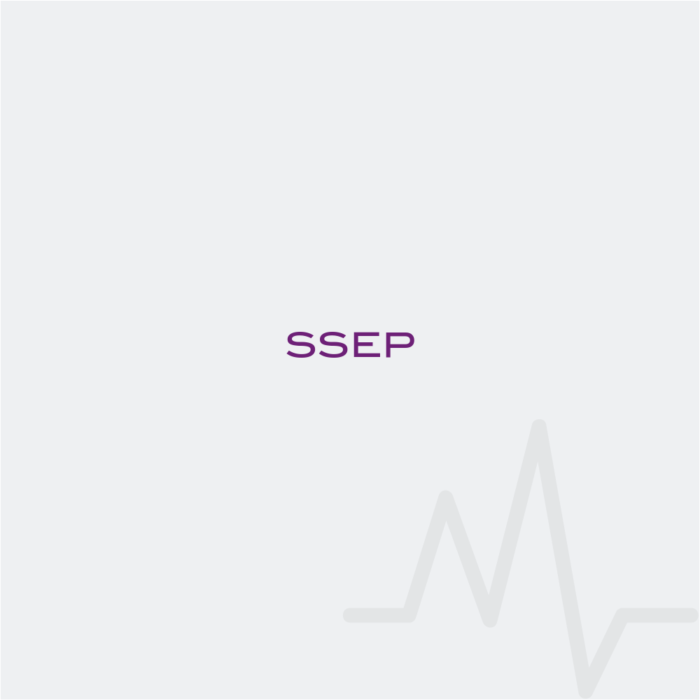
Somatosensory Evoked Potentials (SSEP) are electrical responses recorded from the nervous system following electrical stimulation of a peripheral nerve. This activity can be recorded with electrodes positioned along that pathway.

Visual Evoked Potentials (VEP) are electrical responses recorded from the brain’s vision center following presentation of visual stimuli to the eyes.

Brainstem Auditory Evoked Potential (BAER) is a series of electrical responses recorded from the auditory pathway between the ear and the upper brainstem following presentation of specific sounds to the ear. BEARs have a variety of uses in the diagnostic setting. In the context of IOM, BEARs are used to evaluate the eighth cranial nerve, the ascending auditory pathway, and the blood flow to the brainstem and cochlea.

Motor Evoked Potentials (MEP) involve electrical or magnetic stimulation of central nervous system structures that govern purposeful movement. This stimulation can produce muscle twitching in the arms, legs, and face. Recordings can be made from anywhere along the neural pathway, including the brain and spinal cord, but the most common approach is to record activity generated by the skeletal muscle twitch. This is accomplished with subdermal needle electrodes placed in skeletal muscles. Changes in MEP data during surgery suggest evolving injury to neural structures that govern movement. In many cases, these changes can be reversed with timely detection and intervention.
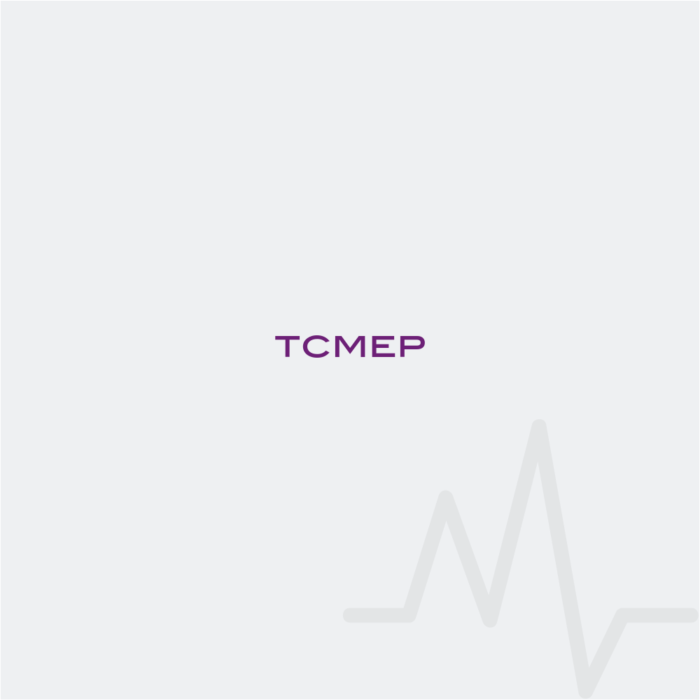
Transcranial Motor Evoked Potentials (tcMEP) involves electrical stimulation of the motor pathway using subdermal needle electrodes positioned in the scalp above primary motor cortex. This technique is most frequently used to monitor motor pathways during surgery involving the brainstem, spine, and peripheral nerves.
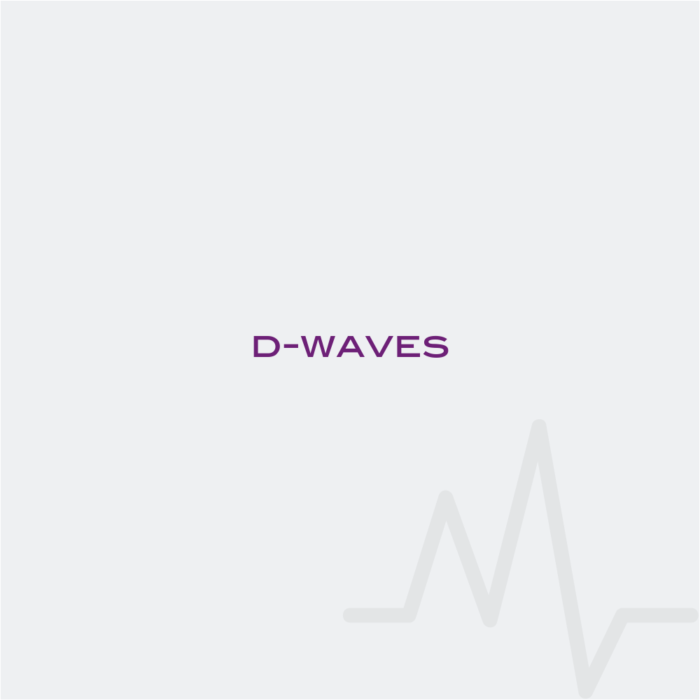
Direct Waves (D-waves) are a special type of MEP in which the motor system is monitored by recording electrical activity direct from the spinal cord itself. As the volley of electrical activity travels along the corticospinal tract in route to the muscles, it can be recorded from a sub/epidural electrode situated on the dorsomedial surface of the spinal cord. This response is called a “D-wave” because it is the result of direct activation of motor fibers in the brain. D-wave recordings are invasive and typically reserved only for tumors of the spine (intradural/intramedullary or intradural/extramedullary).

Direct Cortical Motor Evoked Potentials (dcMEP) involves electrical stimulation of the motor pathway using electrodes placed directly on the surface of the brain in the region of the primary motor cortex. This technique is most frequently used to monitor motor pathways during supratentorial brain surgery when it is most critical to limit the spread of current to the upper layers of cortex in an effort to bracket the site of surgical risk.
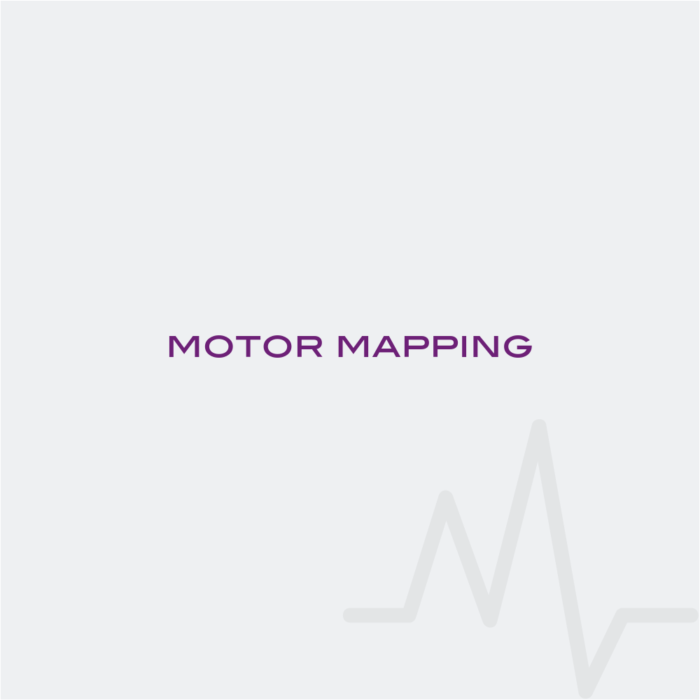
Motor mapping is a special form of dcMEP in which a hand-held probe is used to identify very specific regions (~1 mm) of the brain that are critical for purposeful movement. The goal is to identify and preserve these regions during brain surgery.
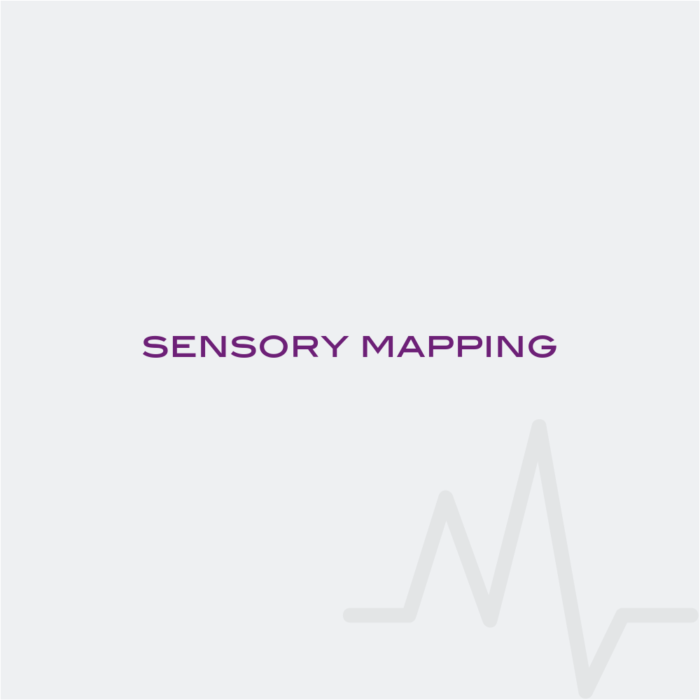
When the eloquent cortex is at risk for injury during tumor resection surgery, identification of the central sulcus with the SSEP phase reversal technique (sensory mapping) is the first step toward preserving neurologic function. A grid of recording electrodes is placed directly on the brain, and SSEPs are recorded from regions both anterior and posterior to the central sulcus. SSEP waveforms invert when recordings are made anterior to the central sulcus, called phase reversal.
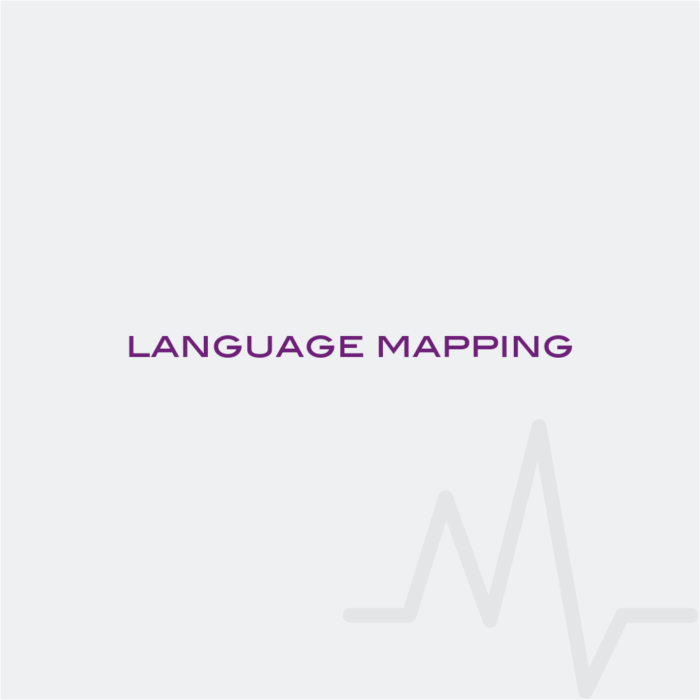
During awake craniotomy, electrical stimulation is applied to the brain in order to identify and preserve language function. The patient is typically shown line drawings from the Boston Diagnostic Aphasia Exam, and positive language areas are identified by speech arrest. Regions typically identified include Broca’s area, Wernicke’s area, and the arcuate fasciculus which bridges the two.
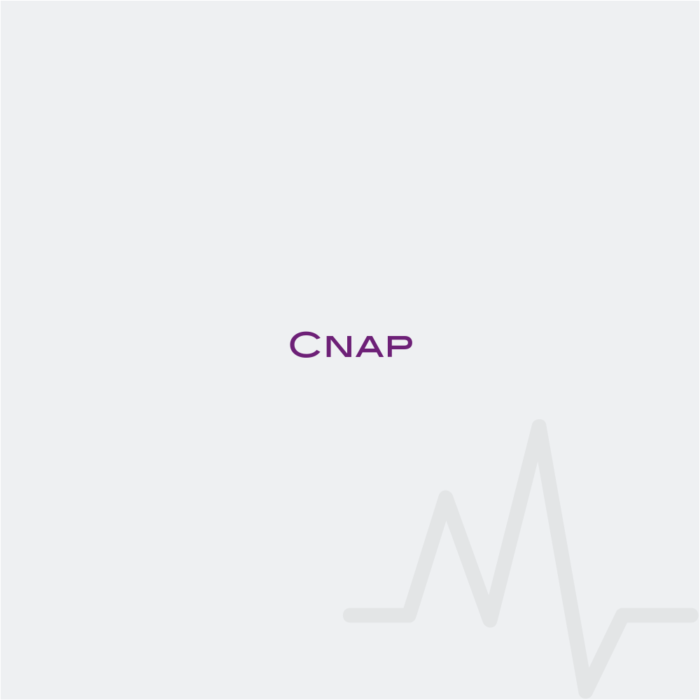
Compound Nerve Action Potentials (CNAP) are electrical responses recorded from exposed nerves in response to direct electrical stimulation of that nerve. The CNAP is a diagnostic test used to evaluate the functional integrity of a nerve in surgery.
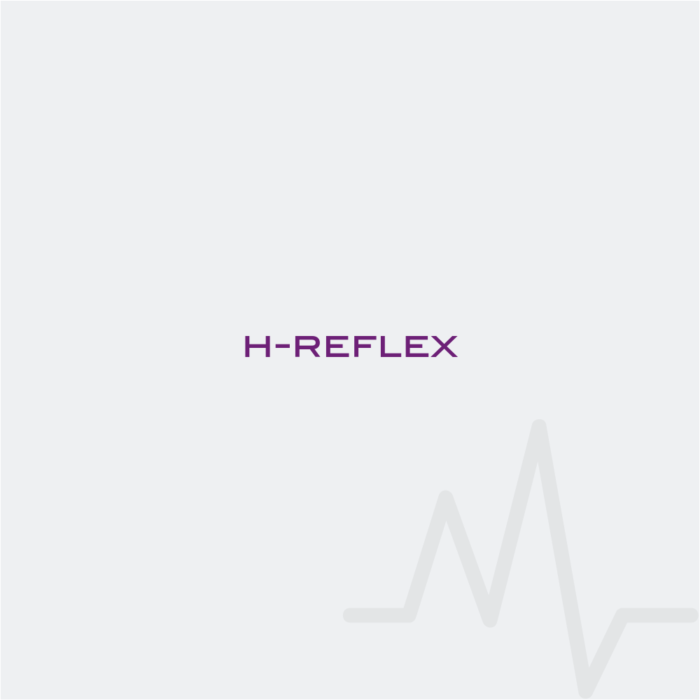
Hoffman reflex (H-reflex) is a monosynaptic response that is recorded from muscle after electrical activation of an afferent nerve (e.g. gastrocnemius CMAP following posterior tibial nerve stimulation). The H-reflex has been used to monitor spinal cord, nerve root, plexus, and peripheral nerve function, and has been used for research as a measure of the level of spinal cord excitability.
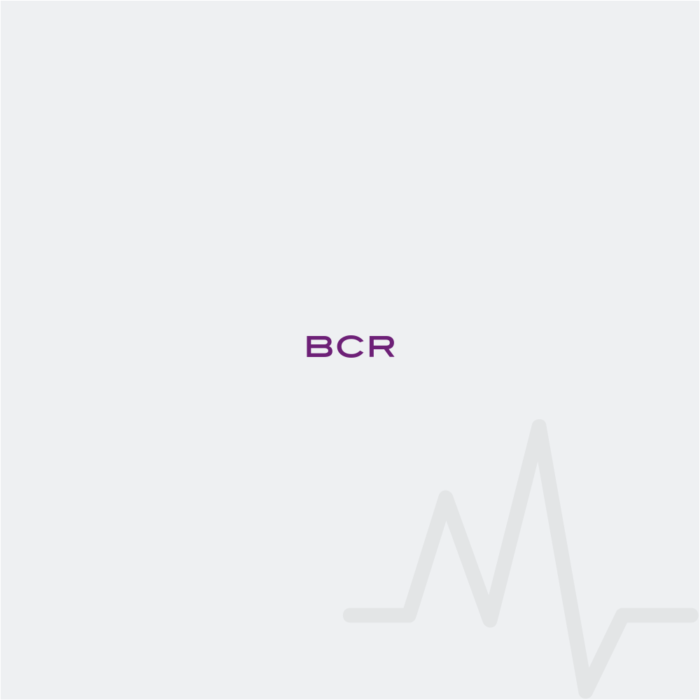
The bulbocavernosus reflex (BCR) is a polysynaptic response recorded from the anal sphincter muscle following penile/clitoral electrical stimulation, and has been used to monitor lower sacral nerve roots and the conus medullaris.

The train-of-four (TOF) is used to assess neuromuscular transmission when neuromuscular blocking agents (NMBA) are given to block musculoskeletal activity. By assessing the depth of neuromuscular blockade, peripheral nerve stimulation can ensure proper medication dosing and thus decrease the incidence of side effects.

Microelectrode Recordings (MER) allow the neurophysiologist to target specific brain regions with a high degree of accuracy. The electrodes permit recording from small groups of neurons, which can be identified by their “firing” pattern.

Transcranial Doppler (TCD) is a non-invasive, painless ultrasound technique that uses high-frequency sound waves to measure the rate and direction of blood flow inside vessels. The test examines and records the speed (velocity) of the blood flow in cerebral arteries to facilitate the diagnosis of a wide range of conditions affecting the brain.
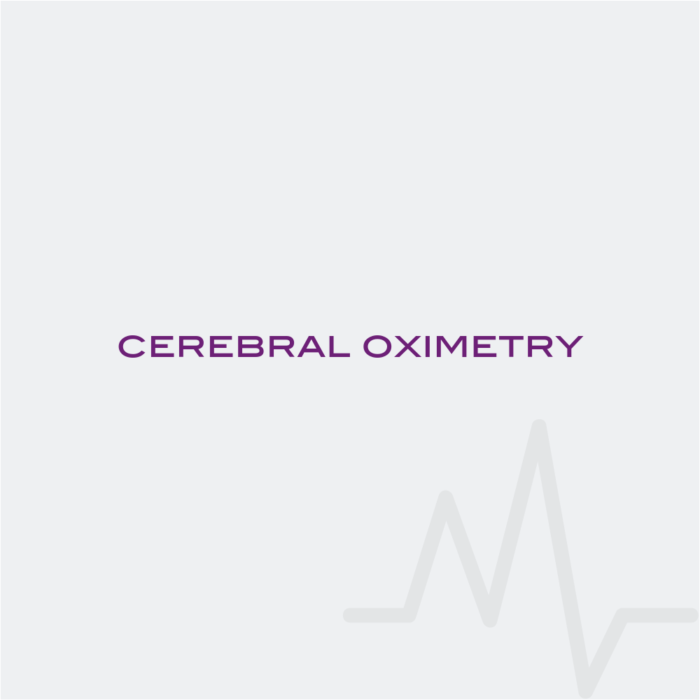
Cerebral Oximetry is a non-invasive, continuous monitoring technique used to monitor adequate cerebral oxygenation.
